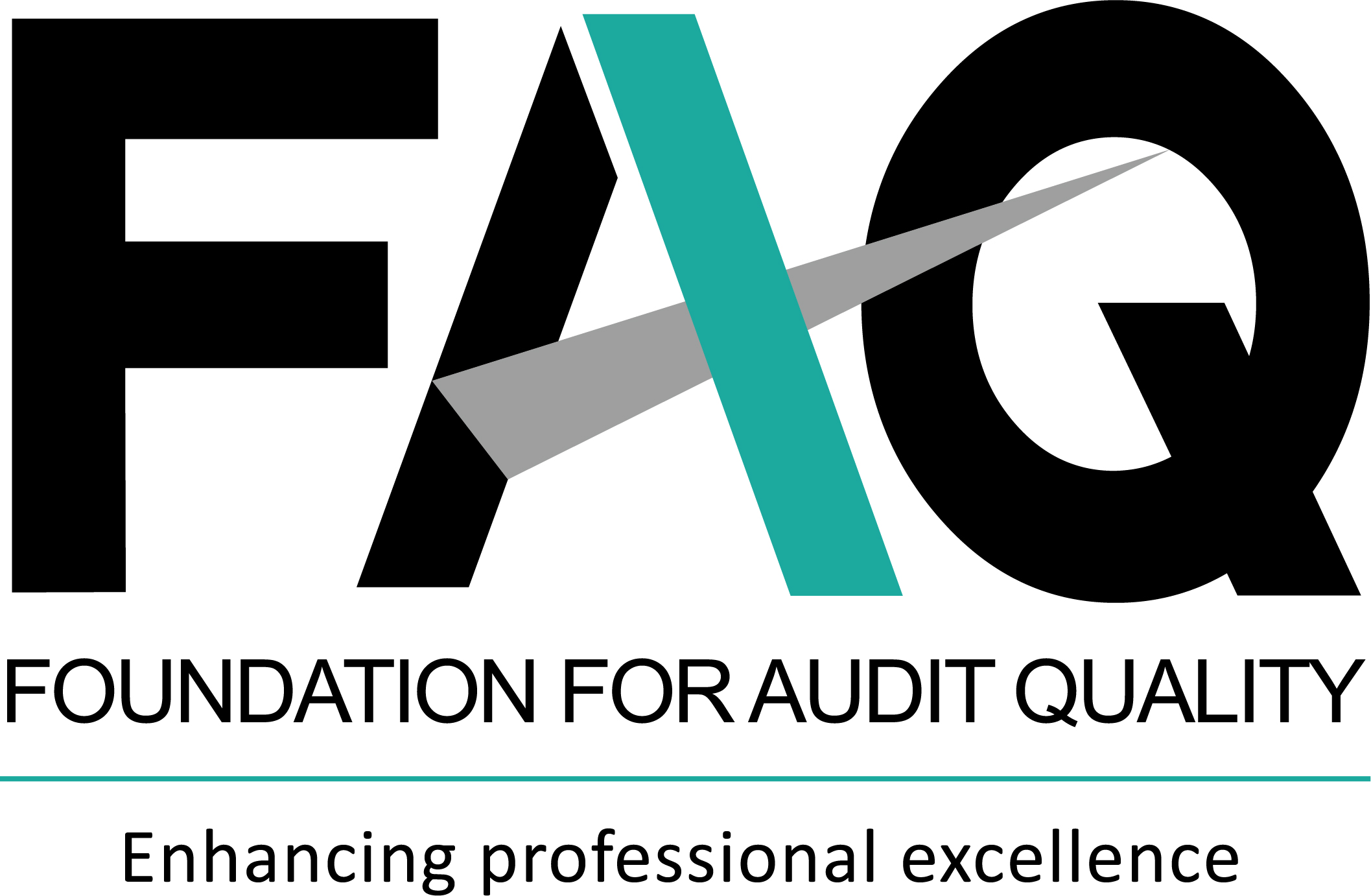Accounting updates
Updates from ICAI
Background
Ind AS 41, Agriculture provides the recognition, measurement, presentation and disclosure requirements for agricultural produce and biological assets relating to agricultural activities.
The Ind AS Implementation Committee has prepared an Educational Material on Ind AS 41 (Educational Material). The Educational Material provides guidance in the form of Frequently Asked Questions (FAQs). FAQs contain various practical matters that the preparers of the financial statements face while applying this Ind AS in the agricultural industry. Some of the key matters discussed in the Educational Material include:
- Practical examples provided: The Educational Material provides practical examples of activities that may be termed as ‘agricultural activities’ or ‘non-agricultural activities’ in accordance with Ind AS 41. It also provides examples of what would constitute a biological asset, a bearer plant and consumable animals.
- Transitional guidance for first time application of Ind AS 41: Ind AS 101 does not specifically provide any exemption for items covered under Ind AS 41. Accordingly, entities are required to apply requirements of Ind AS 8 for adoption of Ind AS 41. Therefore, a first-time adopter of Ind AS will measure biological assets and agricultural produce in its scope at fair value less costs to sell at the date of transition. Any fair value change on the reporting date will be recognised in the statement of profit or loss for the year. Further, since accounting for bearer plants is scoped out from Ind AS 41 (and is covered under Ind AS 16), first-time adoption exemptions applicable to PPE will apply to bearer plants.
- Accounting treatment of transportation costs as per Ind AS 41: Biological assets are required to be measured at fair value less costs to sell as per Ind AS 41. ‘Costs to sell’ are the incremental costs directly attributable to the disposal of an asset, excluding finance costs and income taxes. The word ‘incremental’ in the definition of ‘costs to sell’ excludes costs that are included in the fair value measurement of a biological asset, such as transport costs. Thus, transport and other costs necessary to get an asset to a market are already considered in the measurement of fair value and are hence excluded from costs to sell.
- Accounting treatment of impairment loss on a biological asset: Ind AS 36, Impairment of Assets, specifically excludes those biological assets which are measured at fair value less costs to sell from its scope. However, biological assets which are measured at cost less any accumulated depreciation and any accumulated impairment losses would be covered under the scope of Ind AS 36. Accordingly, such biological assets should be tested for impairment and an impairment loss should be recognised (if any) as per the accounting requirements of Ind AS 36.
-
Accounting for subsequent expenditure on biological assets: Ind AS 41 does not specify the accounting for subsequent expenditure for biological assets measured at fair value less costs to sell. Since the biological assets are required to be measured at fair value at each reporting date, any subsequent expenditure on such biological assets will not affect the fair value measurement and in turn the carrying value at the reporting date. Accordingly, such expenditure will either be capitalised or recognised in the statement of profit or loss, and be presented in accordance with Ind AS 1, Presentation of Financial Statements.
As per Ind AS 8, the accounting policy for subsequent expenditure should be applied consistently to each group of an entity’s biological assets. Further, entities should also disclose the selected accounting policy in accordance with Ind AS 1, where such disclosure is relevant to stakeholders. - Presentation of biological assets and changes in their fair value in the financial statements: Biological assets (other than bearer plants) should be classified as current or non-current assets as per Ind AS 1. Changes in fair value of biological assets (other than bearer plants) are required to be presented in statement of profit or loss. Separation of changes in fair value less costs to sell between the portion attributable to physical changes and the portion attributable to price changes is encouraged but not required by Ind AS 41. Bearer plants are recognised in accordance with Ind AS 16 and should be presented as per the principles of Ind AS 16.
To access the text of ICAI Educational material, please click here
Action points for auditors
The Educational Material provides a wide range of examples and practical scenarios on applicability of Ind AS 41 and classification of assets within biological assets, bearer plants, agricultural produce at the time of harvest and post harvest, etc. Additionally, the principles enunciated in the explicit scenarios discussed in the FAQs should be applied by the auditors on the specific requirements of their audit engagements and may be included as part of their audit documentation.
Our Insights
Tools and Enablers
- Standard workpapers
- Technology tools
Resources
- Regulatory updates
-
India updates
Accounting updates
Auditing updates
Regulatory updates
-
International updates
Accounting updates
Auditing updates
Regulatory updates
-
Recap on key updates
-
Publications
India Publications
International Publications
-
Matter for auditors’ attention
-
Discussion/Consultation papers and Publications issued by regulators
India Publication
International Publication
Exposure Drafts/consultation papers
EDs/consultation papers
Matters for Consultation

